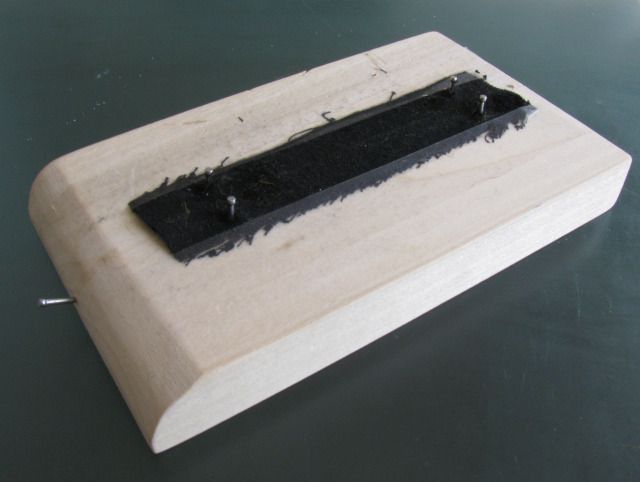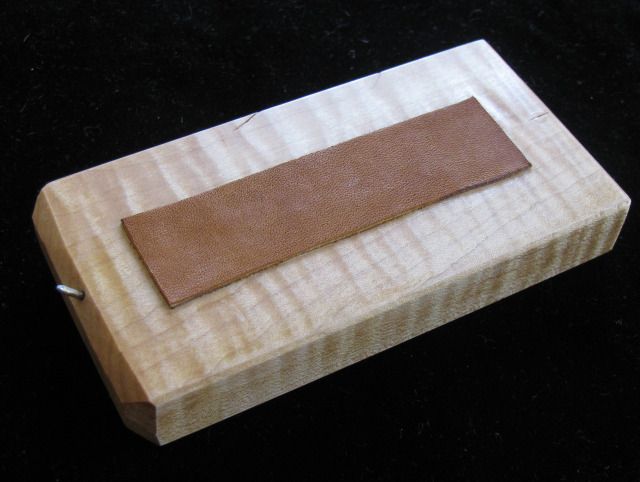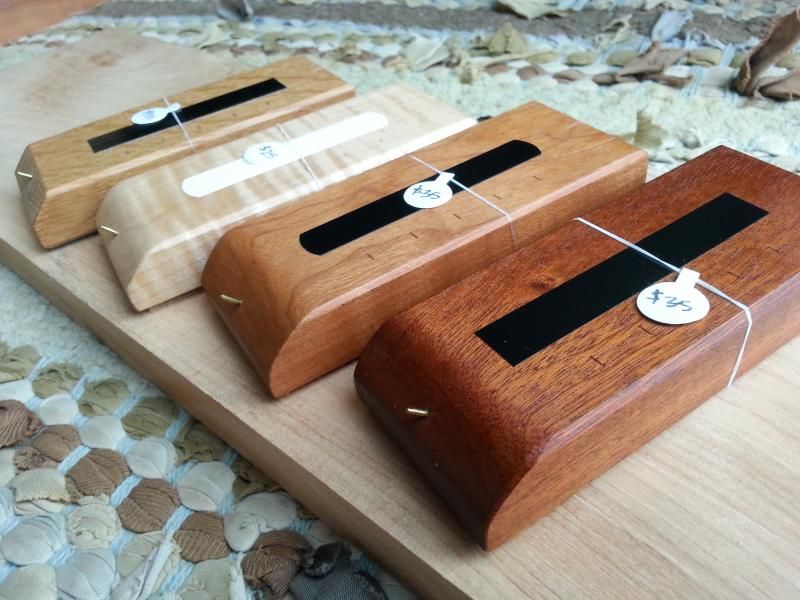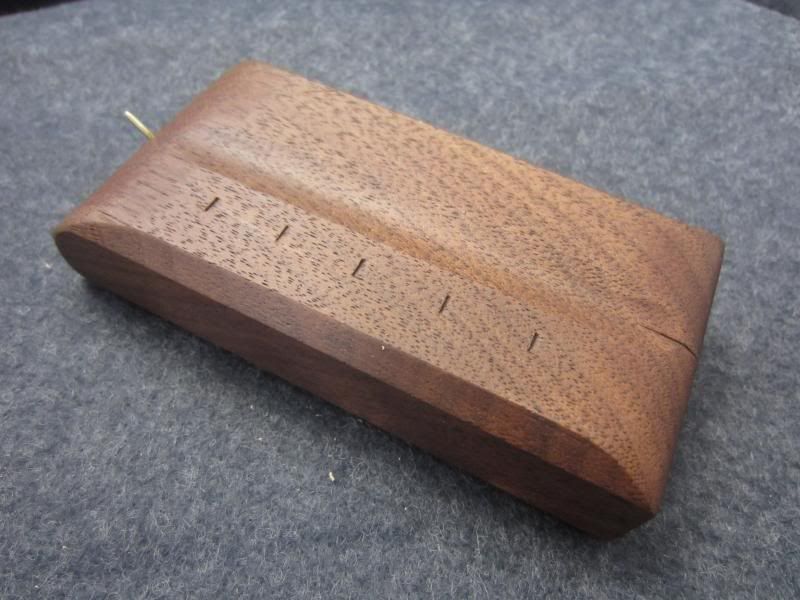Always the engineer, Ray. This is cool and really impressive. A cool video, but the idea of the sweeping roll to get the spun body is interesting and very novel to me. It creates a body that is different from a traditional flymph body, but this method is something that can work with seal to tangle the longer wiry fibers on themselves creating a tight rolled dubbing noodle. Your block is very, very cool. I'm not surprised at all. I'd be curious to try this with a few dubbings to see the results.
The technique of spinning a body on the leg between fingers, per JL, doesn't rub the fibers but requires a number of twists in the thread while it is trapped, just like Bill showed by spinning the thread with the hackle pliers before lifting the body to allow it to spin and create the rough spun body. The idea is to lift the pre-spun end up and allow the fibers to freely lock in a spread, radiating manner. I'm not presuming to describe anything you don't already know, I just thought I would clarify, maybe for myself.
I've dabbled with a number of methods to control and alter the results of the resulting body. From my first block I fooled with textures on the block to recreate what I thought was the technique which would require the fibers to rub against the pants for the desired effect, before I understood the traditional (not to mean correct, just as intended by JL) method. On the first block Doug Duvall made for me in Roscoe, I cut a piece of felt to provide texture and when I got home I made another block, my very first construction, and added a piece of leather, at first suede side up and then smooth side up as the texture kept binding all the materials together too tightly. After a number of threads and posts with you, Lance, Bill and several others here I abandoned the texture to get the rougher, less bound effect.
Block version 1 from Doug with felt

Block version 2 with leather

Block version...don't know...latest versions with slick backgrounds, which is only used for visual aid in distributing material and doesn't play a role in the spinning of the body.

I actually have some of the iron on patches for jeans, but this black version is a nice find. As you've seen on frankenshirt, I have a soft-spot for patches. As you've seen in Montana...I needed a few more for my favorite pair of jeans.

Such a cool idea.




